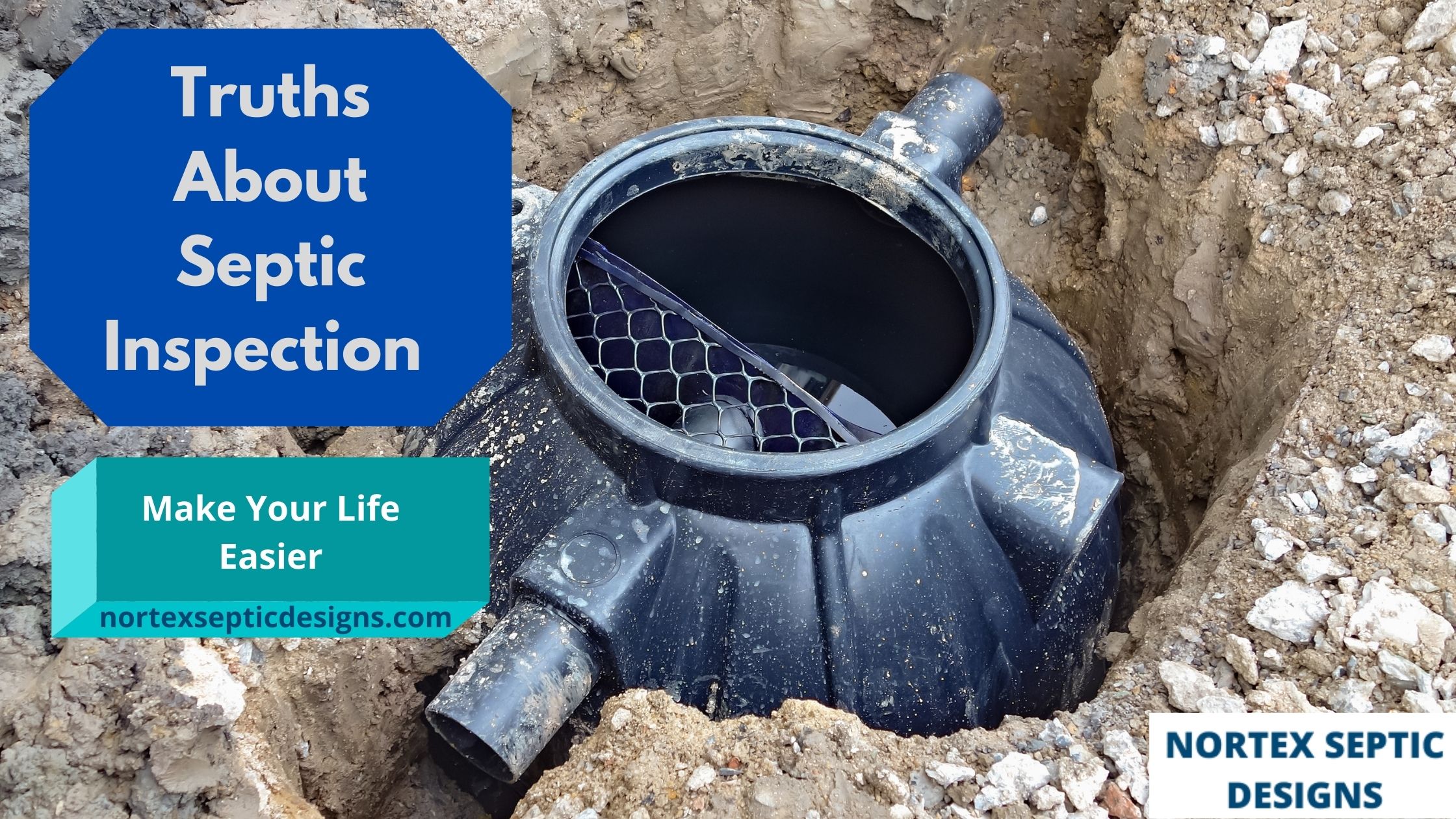Failing to inspect and maintain your septic tank can lead to a number of dirty jobs. Prior to purchasing a property, buyers usually appoint professional inspectors for a detailed inspection. The inspection includes inspecting the structure of the building and checking for pests. The most important aspect of a property is the septic inspection. It is very important for maintaining the wellness of your health. It is the responsibility of the homeowners to schedule with the professionals in regular intervals. Basically, septic systems are buried inside the ground, and it is the last thing in every homeowner’s mind until any problem pops up.
How Often Should You Get a Septic Inspection?
According to the professionals, it is advised that within three to five years one should inspect they septic tank. Despite, what experts say homeowners still wait much longer than five years before any default pops up to have their septic system inspected. Regular inspection and pumping can not only save thousands of dollars but it will prevent any unwanted surprises, if you decide to sell your property later.
How Septic Inspection is Conducted?
There are two types of septic inspection and they are the followings –
- Visual Inspection – During buying or selling a house, the home inspector will have a visual effect. A visual inspection involves asking a few questions about the property such as – how old is the house, how frequently the owner pumps the septic tank, and when the last inspection was conducted. Then the inspector will flush all the toilets and run all the water systems of the house, to ensure water pressure is working properly with proper draining. Lastly the inspector will visit the drain field to ensure that there is no standing water, which has a possibility of cesspool.
- Full Inspection – A complete full inspection involves everything than a visual inspection. Full inspection is very important to conduct after every three to five years. The inspector will probably remove the cover of the septic tank to check the level of the water, as it shows whether the water is draining properly or not. After this process, the septic tank will be pumped and the inspector will check for any kind of back flow from the absorption area. The inspector gets an idea of whether there is a problem with the drain field or not. The inspector will run water in the house, to ensure that the water is free- flowing to the septic tank, and also make sure that the water does not overflow when excessive water is introduced.
A regular septic tank inspection is required as they do not only save a lot of money for the homeowners, but keeps the family and property healthy and secure.

